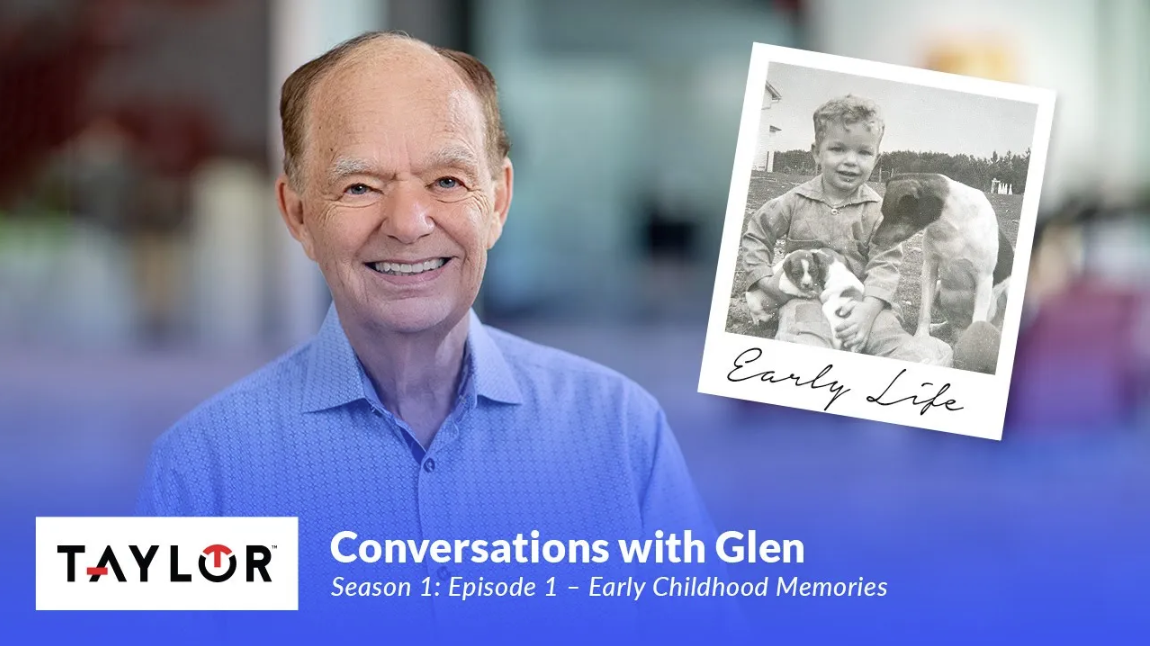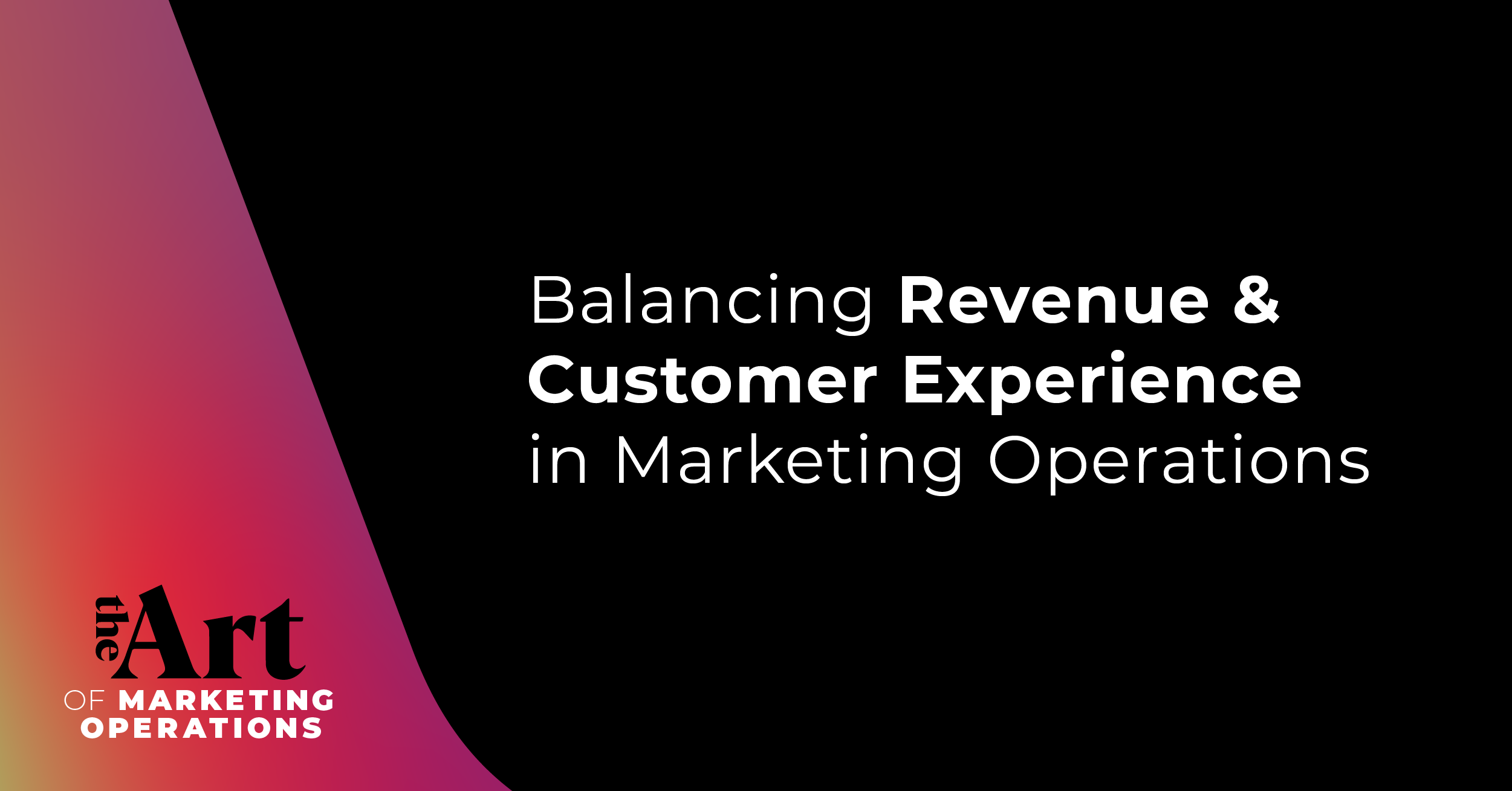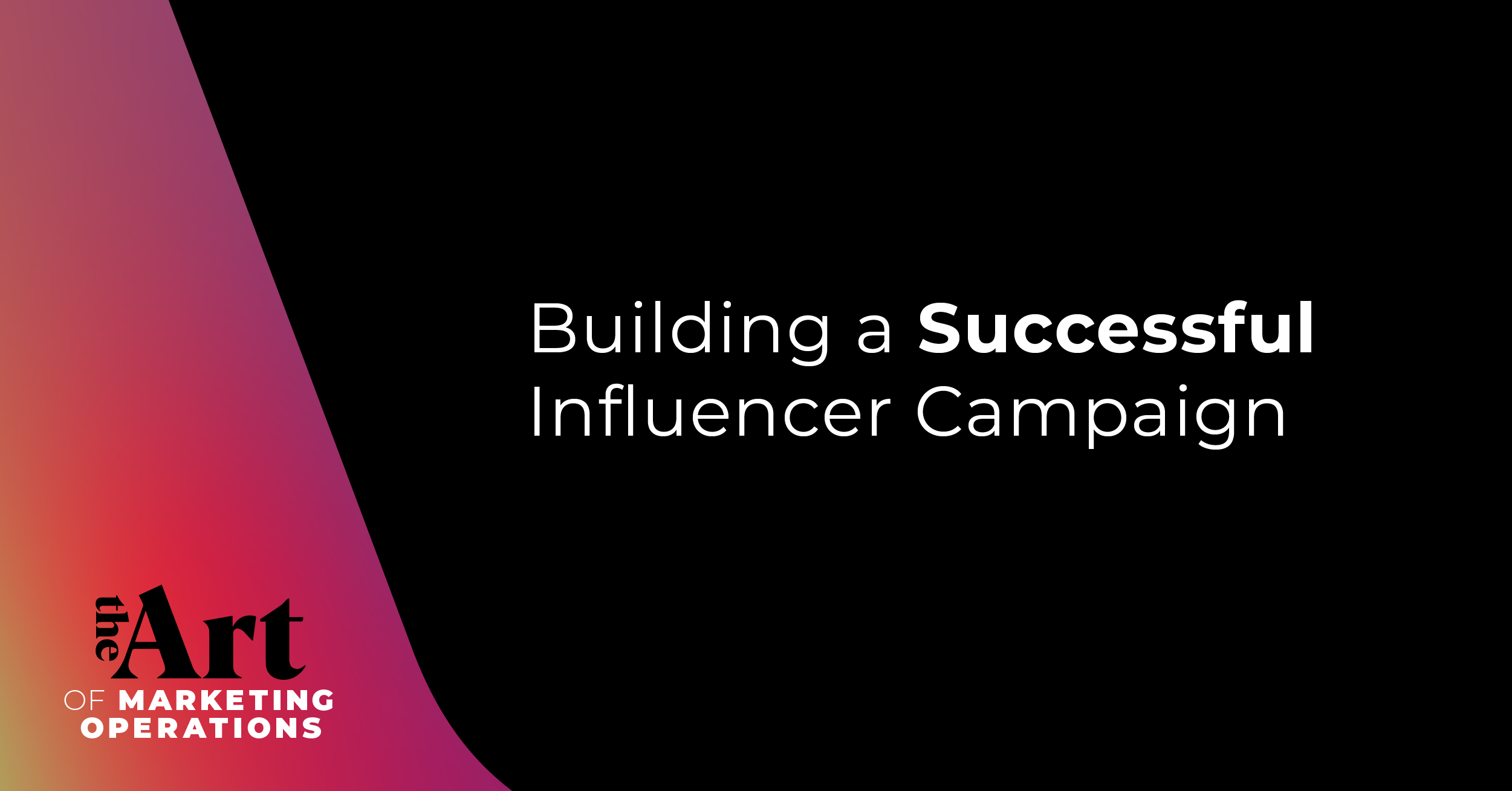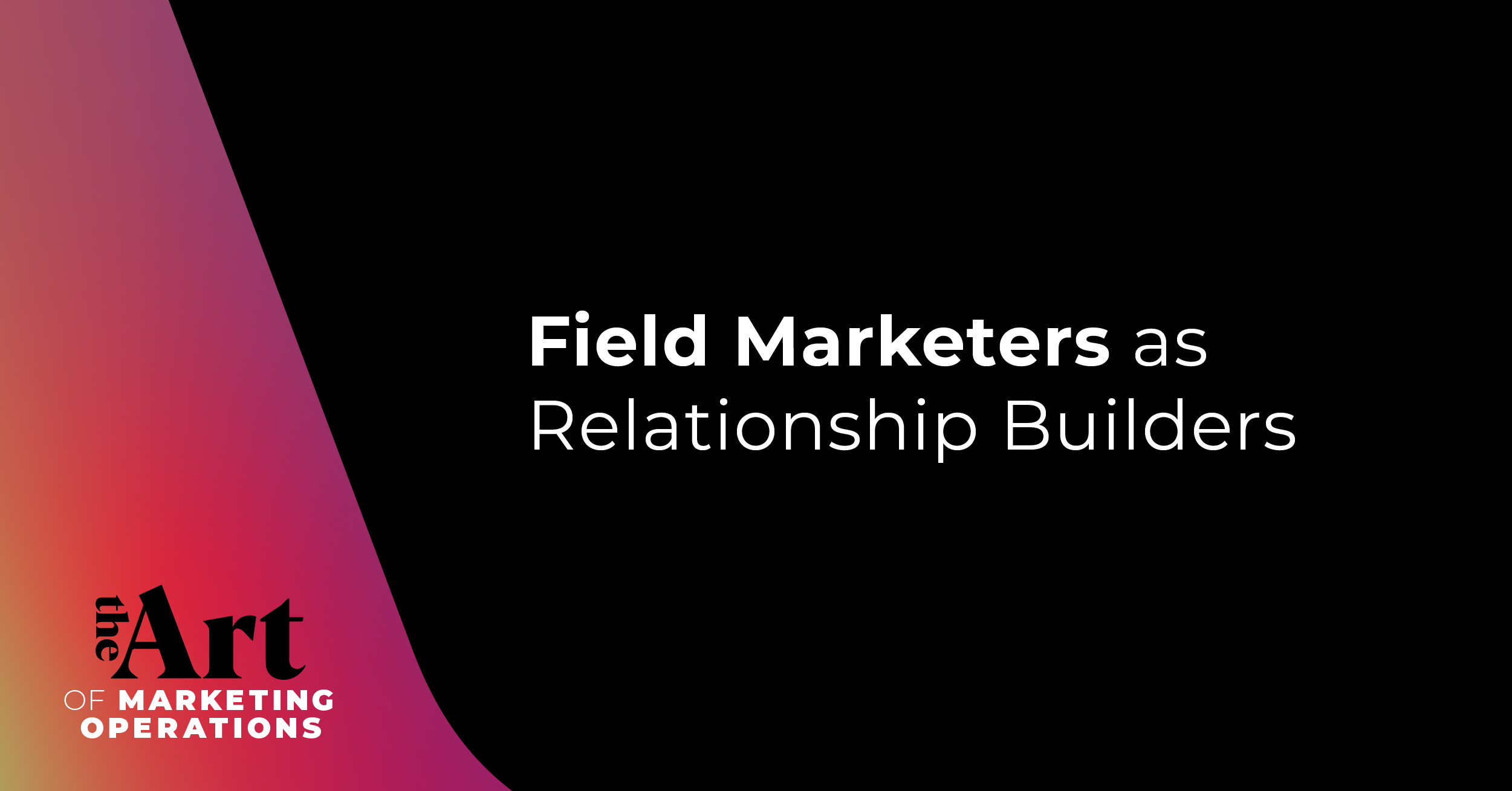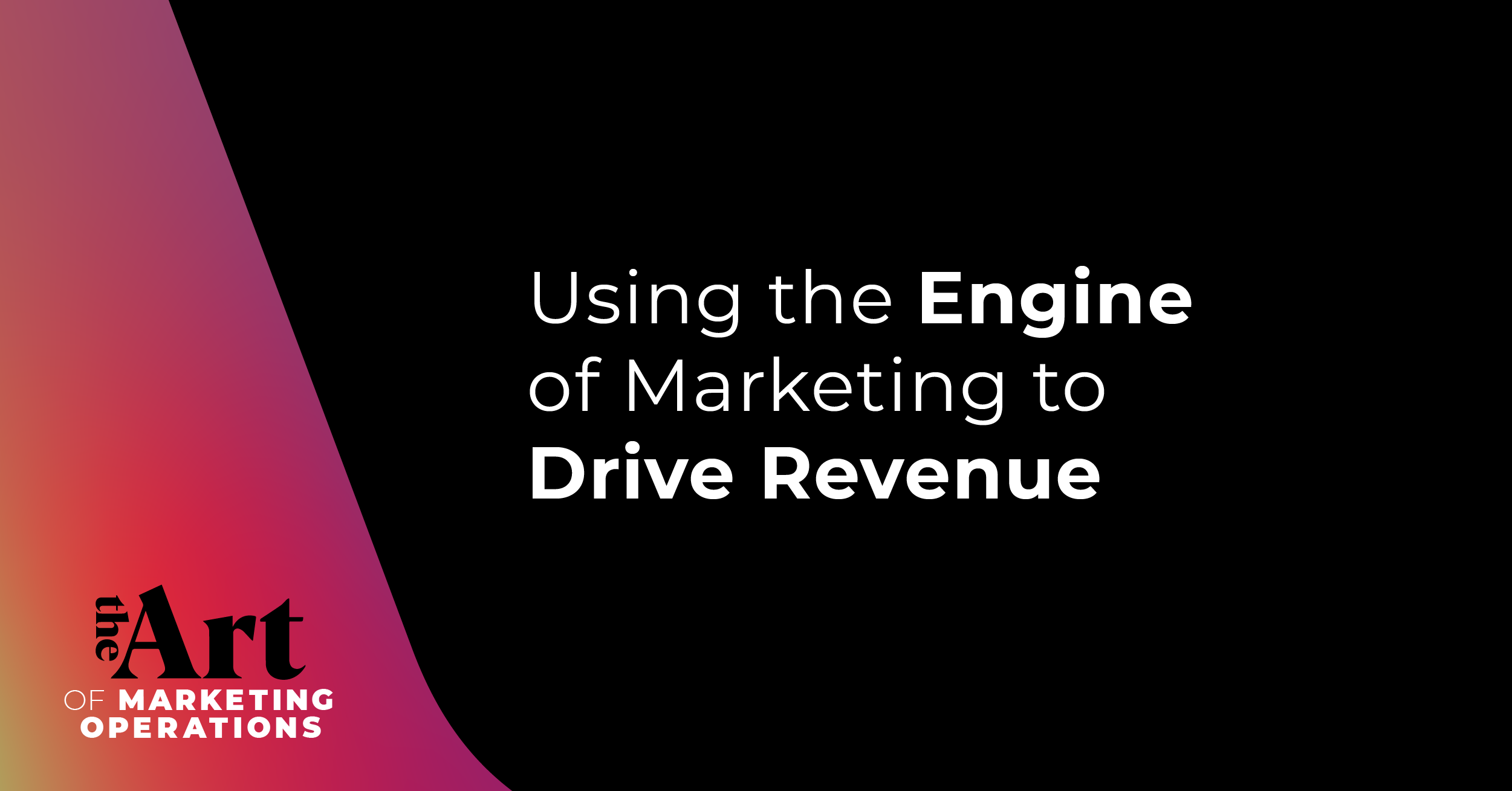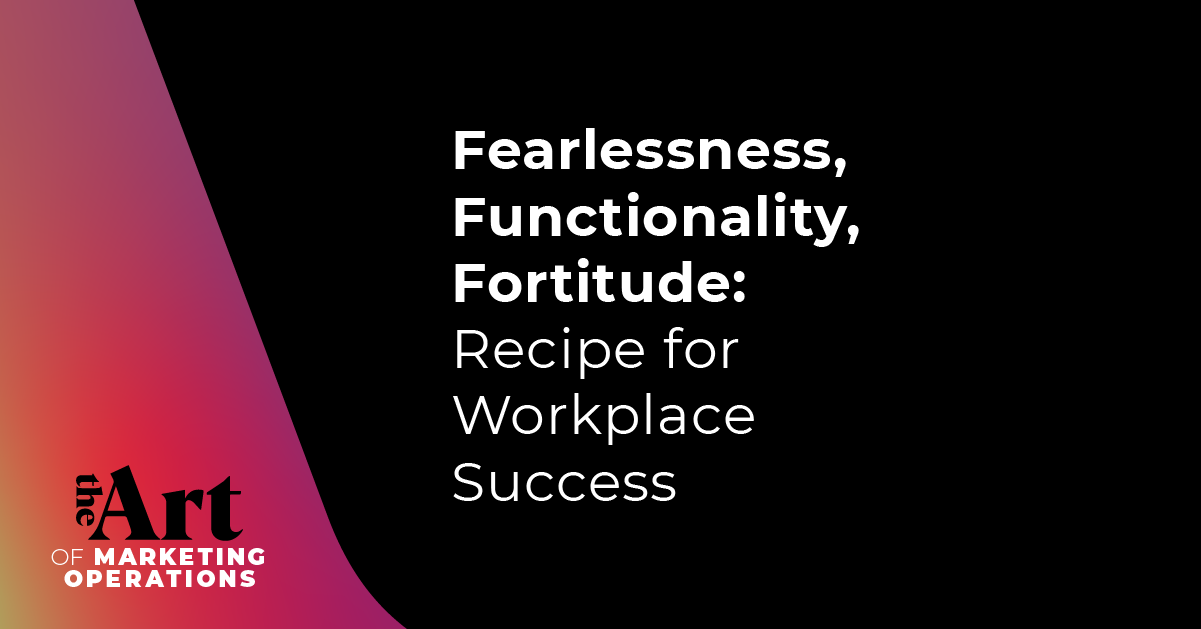When your total addressable market includes every person, how can marketers effectively reach such a wide range of audiences?
That is the exact situation facing Jay Sivasailam, Chief Growth Officer at UCare. UCare is an independent, nonprofit health plan providing health coverage and services like Medicaid, Medicare, and individual and family plans across Minnesota and Western Wisconsin.
After receiving his undergraduate degree in Philosophy with a concentration in Ethics from the University of Minnesota, Jay set out to tackle one of life’s biggest questions: health.
Combining his personal passion with a strong corporate mission, Jay joined UCare, and now spends his days finding a way to reach people who need healthcare yet, may need more resources to obtain it.
Jay shares his in-depth insights into marketing with diverse audiences, omnichannel approaches, the unique aspects of healthcare, and more.
The healthcare shift
The healthcare industry is unique for a plethora of reasons, one being that people in healthcare shift abundantly between being emotional and logical.
The average person spends a mere twenty-two minutes each year looking into their insurance plan, and most of those are the initial minutes in an office picking their plan.
“When you wake up in the middle of the night and your kid has an earache, you do not stop to think who the best in-network provider is. You go to the emergency room because you are emotional.” Jay says.
With this in mind, the industry is making a shift from the mindset that more is better to a mindset that simpler is better. Many of healthcare’s tried and true methods, such as countless print, text, and email ads, are being left in the past.
Now, marketing operations in healthcare has finally adopted some of the best practice from other industries, and quickly becoming the backbone of customer experience. Healthcare customer experience professionals are leaning toward a more personalized experience, aimed at meeting the customers where they are.
Healthcare MarkOps as the new vehicle to improve the experience
Approximately twenty percent of residents in Minnesota utilize some form of Federal Medicaid or state-funded Medical Assistance, and the biggest cohorts are children, people with disabilities, and the elderly.
During the COVID public health emergency, every person on the Medicaid rolls was guaranteed coverage. Now, eligibility is again being checked monthly. For eligibility to be confirmed, patients must fill out a multitude of forms that are more complicated than tax law.
This often becomes too tedious for patients to keep up to date, and they eventually lose their coverage altogether.
UCare is there to bridge the gap. Their MarkOps team is at the forefront of this issue. By utilizing omnichannel development, their goal is to reach people who may be eligible for coverage. Then, they help them enroll.
“UCare’s mission is to put people at the center of the healthcare ecosystem. It is common sense, but not common practice.” Jay says.
While it seems like a simple, valuable mission, finding and connecting with some of the most vulnerable populations is not an easy task, as UCare is challenged by equity inaccess problems that are unique but well-known to the healthcare space. Jay and his team are working to understand the human experience more and apply that knowledge in a better, more tailored way.
The majority of people only visit a healthcare provider when something is wrong. UCare is working to accelerate the shift towards a more holistic, whole-health perspective as the new normal by providing non-emergency medical transport, putting healthcare where people are, and building a support system for patients outside of the doctor’s office.
Taking clues from other industries
Another massive difference between healthcare and other industries is that, while people likely check their bank account and stocks daily, the average person only spends 22 minutes every year interacting with their health plan.
Healthcare is taking cues from other vertical spheres, such as retail and finance, to understand omnichannel engagement and high utility better.
Utilizing the massive amounts of data available to them is key for companies such as UCare to customize their engagement with customers. By sorting and storing data in a fashion that serves to build customer profiles, their experience can be perfectly tailored to their preferences.
Jay’s motto is to stay cool, not creepy. With so much highly confidential and personal data available to them, they have to build a large amount of trust. This can be done by regular, meaningful conversations that provide a value exchange.
The three basic rules for omnichannel success
With healthcare looking to modernize its marketing game, Jay has found three key rules for companies inside and beyond the healthcare industry to follow for successful omnichannel development.
The first is ensuring each campaign is mission-driven. Jay expresses that not every idea will be the greatest one yet, but ensuring each move is tied closely to the core of your organization’s mission is crucial.
The second is aligning each action with the business.
“Make sure you do not major in the minors. Every business can do a lot of things, but make sure you are picking things that are aligned with business drivers and vision.” Jay says.
Third, it is key to stay contextually relevant. Having a reactive approach, especially in healthcare, does not help the business or the customer. Meeting the customer where they are, at the right time, with a sense of urgency leads to top-tier customer experiences.
Interested in learning more? Listen to our full conversation with Jay, where we discuss the changing trends in healthcare marketing and customer experience, the spread of omnichannel development across industries, the growing necessity of Marketing Operations in healthcare, and more. Listen on Apple Podcasts, Spotify, or your favorite podcast player.


